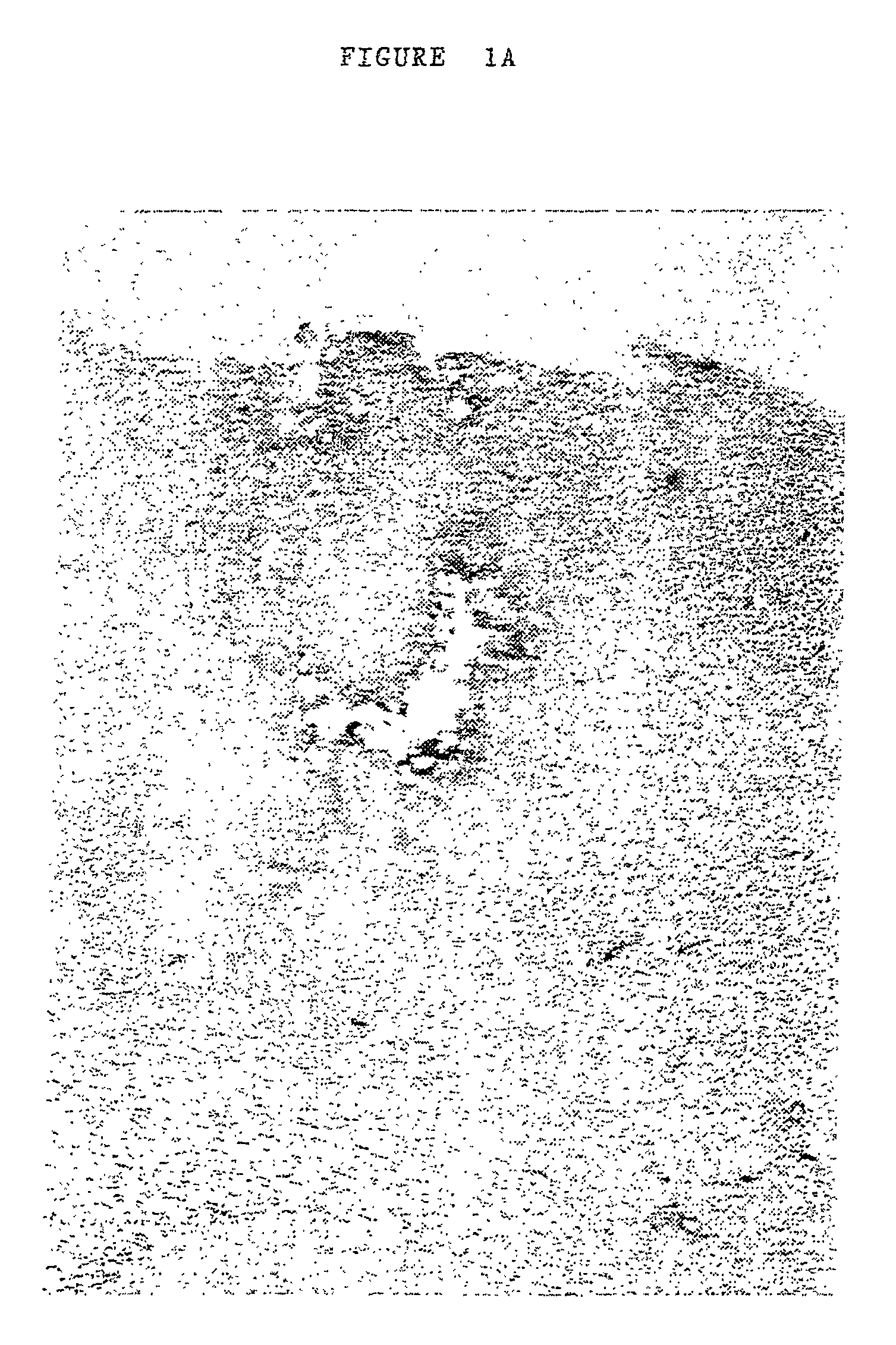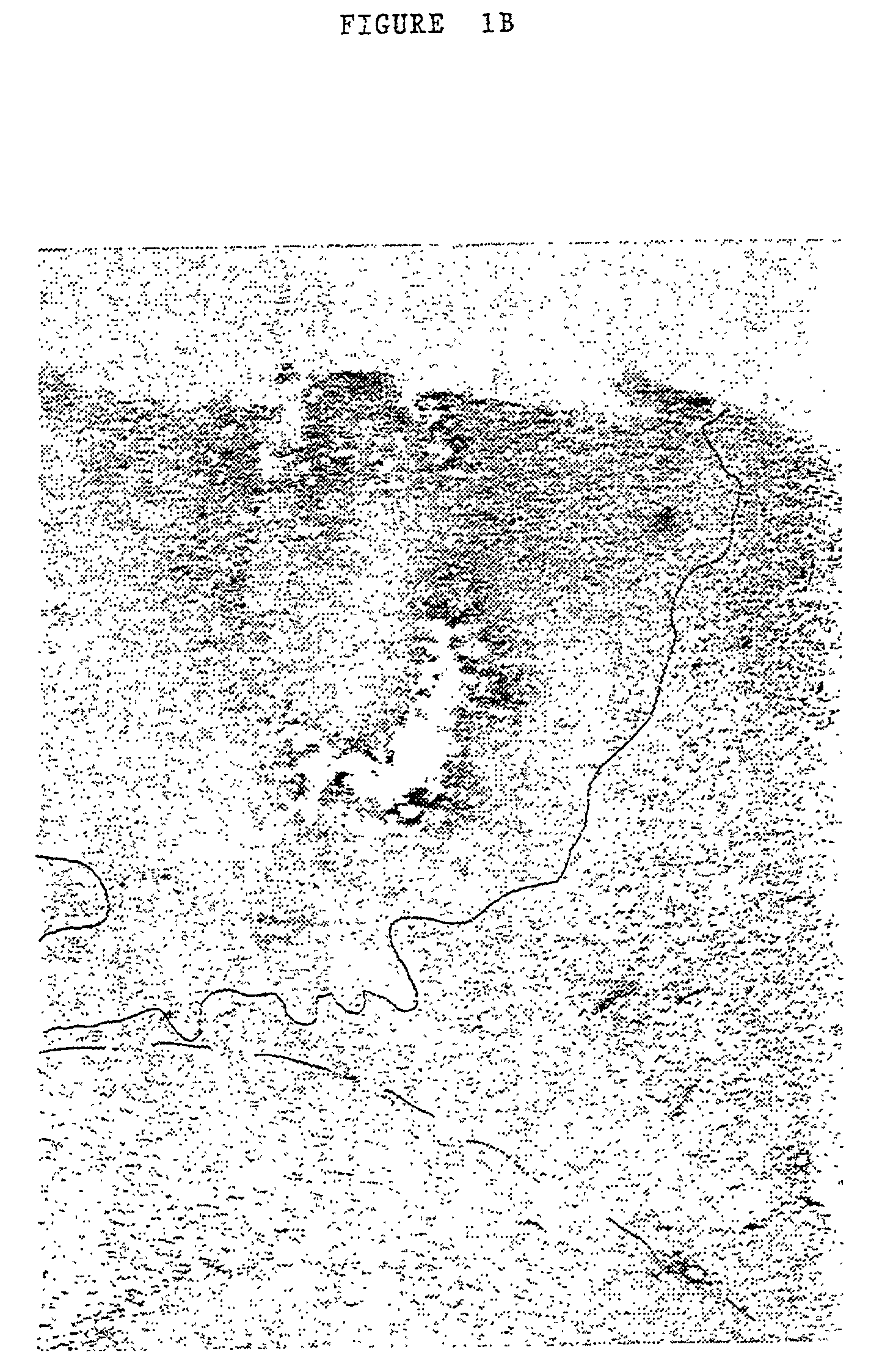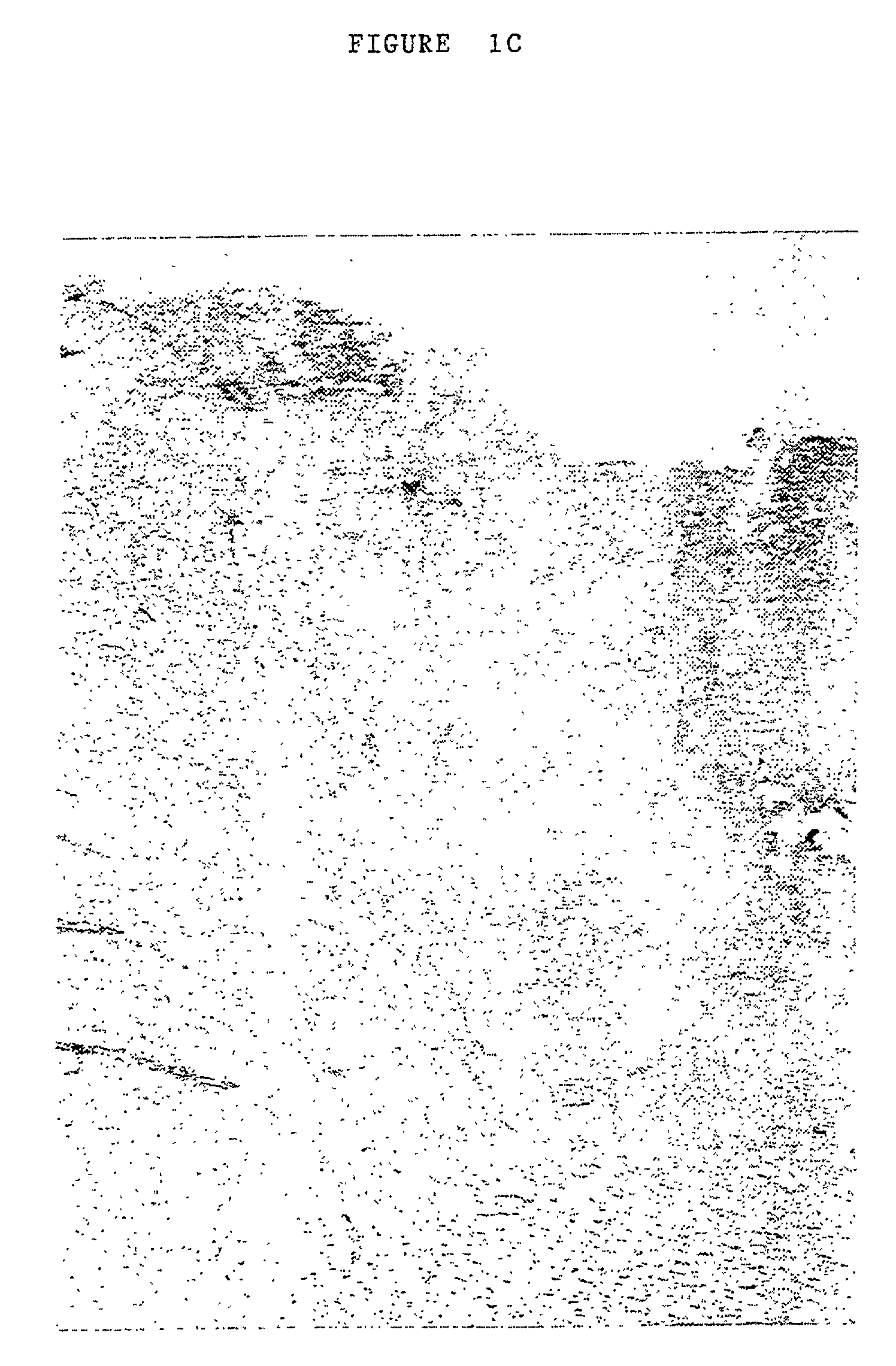Formulations comprising antisense nucleotides to connexins
a technology of antisense nucleotides and connexins, which is applied in the field of formulations comprising antisense nucleotides to connexins, can solve the problems of general downregulation effect and difficulty which need to be overcome, and achieve the effects of reducing neuronal loss, reducing neuronal cell death, and downregulating expression
- Summary
- Abstract
- Description
- Claims
- Application Information
AI Technical Summary
Benefits of technology
Problems solved by technology
Method used
Image
Examples
experiment 1
Materials and Methods
Antisense Application
[0097]30% Pluronic F-127 gel (BASF Corp) in phosphate buffered saline (molecular grade water) was used to deliver unmodified a1 connexin (connexin 43) specific anti-sense ODN's to the developing chick embryo (Simons, et al., 1992). Chick embryos were incubated at 38° C. and staged according to Hamilton and Hamburger stages. Eggs were windowed and the vitleline and amniotic membranes over the area to be treated were opened using fine forceps. After anti-sense application eggs were sealed with tape and replaced in the incubator for 48 hours at which time most experiments were analysed, the exception being for the time course analysis of a1 connexin “knockdown” and recovery.
[0098]Pluronic gel is liquid at low temperatures, 0–4° C., but sets when dropped onto the embryo at physiological temperature, remaining in place for at least 12 hours. The gel has the additional advantage of being a mild surfactant and this, used either alone or in conjunct...
experiment 2
Introduction
[0110]Astrocytes constitute the most abundant cell type in the mammalian brain. They are extensively coupled to one another and to neurons through gap junctions composed predominantly of connexin 43 (Giaume and McCarthy (1996)). Following ischaemia induced or physical brain damage these channels remain open and a spreading wave of depression (initiated by raised interstitial potassium and glutamate and apoptotic signals) is propagated (Cotrina et al., (1998); Lin et al (1998)). Waves of increased cytosolic calcium and second messenger molecules such as IP3 are slowly spread via the gap junction channels to neurons beyond the core of the damaged region, resulting in lesion spread in the 24–48 hours following the insult. In this manner, undamaged neighbouring cells are destroyed (Lin et al., 1998), the so-called bystander effect.
[0111]This experiment investigates the ability of the formulations of the invention to prevent this bystander effect.
Materials
Oligodeoxynucleotide...
experiment 3
Introduction
[0129]The bystander effect in neural tissues whereby damaged neurons release toxins which spread and kill neighbouring cells is well documented. Experiment 2 shows that this effect can be reduced in the brain using an antisense oligodeoxynucleotide sustained release approach to knockdown the gap junction protein connexin 43.
[0130]Another tissue of similar composition to the brain is the spinal cord in which the neural population is supported by populations of glial cells, including astrocytes which are responsible for the neuroprotective effect by removing glutamate and excess calcium from the neural environment. This experiment investigates the ability of the formulations of the invention to reduce the spread of spinal cord lesions.
Materials
[0131]Oligodeoxynucleotides were prepared with the following sequences:
[0132]
GTA ATT GCG GCA GGA GGA ATT GTT TCT GTC (connexin43) (SEQ ID NO:2)GAC AGA AAC AAT TCC TCC TGC CGC AAT TAC (sensecontrol) (SEQ ID NO:7)
Methods
[0133]Wistar ra...
PUM
| Property | Measurement | Unit |
|---|---|---|
| Time | aaaaa | aaaaa |
| Length | aaaaa | aaaaa |
| Length | aaaaa | aaaaa |
Abstract
Description
Claims
Application Information
 Login to View More
Login to View More - R&D
- Intellectual Property
- Life Sciences
- Materials
- Tech Scout
- Unparalleled Data Quality
- Higher Quality Content
- 60% Fewer Hallucinations
Browse by: Latest US Patents, China's latest patents, Technical Efficacy Thesaurus, Application Domain, Technology Topic, Popular Technical Reports.
© 2025 PatSnap. All rights reserved.Legal|Privacy policy|Modern Slavery Act Transparency Statement|Sitemap|About US| Contact US: help@patsnap.com



